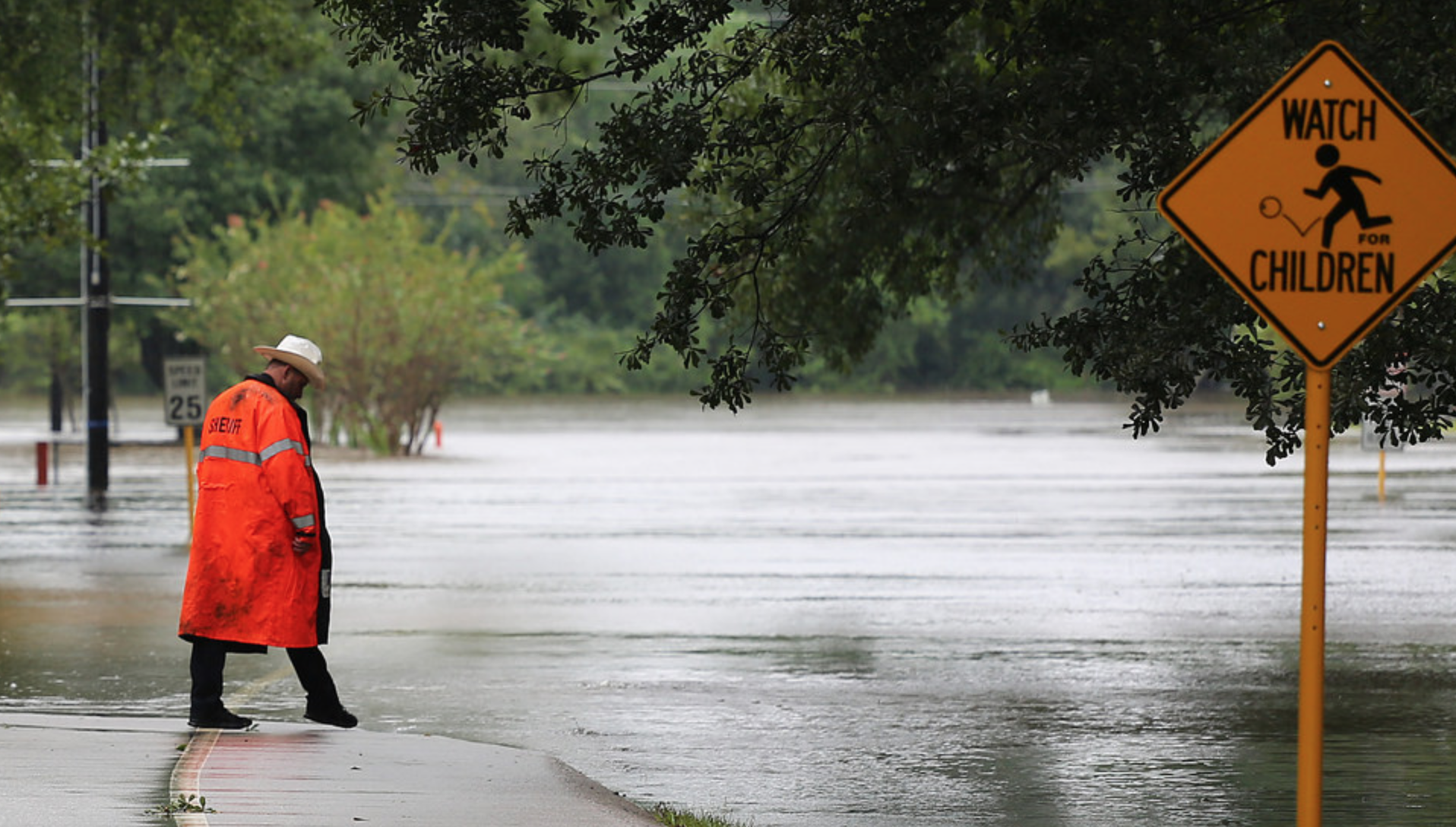Every disaster is different, and that’s part of the problem for cities. The experience of Hurricane Harvey here in Houston, where I live, is a case in point.
The word “hurricane” was kind of a misnomer. Yes, Harvey flattened small cities to the south, but Houston itself didn’t experience torn-off roofs or widespread power outages that typically accompany hurricane-force winds. A better name for the storm would have been Rainstorm Harvey: It sat on the city for several days without moving, dumping up to 50 inches of rain on some neighborhoods.
In the aftermath of the storm, officials began to look to other cities for guidance, especially to New Orleans because of Hurricane Katrina and New York City because of Superstorm Sandy. Yet the comparisons may not be that instructive. Unlike Katrina, Harvey did not shut Houston down completely; only about 10 percent of residents saw serious property damage or lost their homes. Everybody else was more or less OK. And unlike Sandy, Harvey did not do severe damage to public infrastructure. A couple of freeways were shut down for a week or two, but that was about it.
For these reasons, it would be easy for Houstonians to think that Harvey was a freak thing that affected a relatively small number of people. In fact, that’s what some people have publicly argued. Yet Harvey did one important thing to all of us in Houston: It vastly increased our sense of vulnerability. And that’s something that all these storms have in common.
Harvey was the third major flood in Houston since I moved here three years ago, and at least the sixth since Tropical Storm Allison in 2001, which was Houston’s previous rainiest storm. Some places have flooded over and over again, but in the past 15 years most places have flooded at one time or another. The whole thing is a little like the earthquake situation I used to know when I lived in California: You know which areas are vulnerable, but it’s impossible to predict with any certainty who’s going to get whacked next. That’s why we feel so vulnerable.
So the challenge for Houston, as it was for New Orleans and New York, is to recognize that something’s wrong and figure out what we can fix and what we can’t. Some people are calling for lots of hard infrastructure solutions, such as dams, reservoirs and pipes. Others are calling for green solutions that include protecting and expanding our open spaces and parks system. Still others are calling for a massive effort to buy out some homes and elevate the rest. It will probably take all of these solutions for us to feel safe again. But the good news from Harvey -- if there is any -- is that it will likely shake us from our complacency and remind us that, even in Houston, we have to work with nature rather than against her.
This column was originally published in the December 2017 issue of Governing magazine.

